Founded at the beginning of the 1st Century A.D. by the Emperor Augustus, the Roman city of Barcino was originally a colony for retired legionaries. Due to its strategic position in the Western Mediterranean, it soon became an important trade hub, and the city flourished. Traces of the ancient settlement are to be found all over the modern city. A brief guide to the main points of interest can be found below.
Table of Contents
MUHBA Plaça del Rei
In under the square of Plaça Del Rei, a section of the city of Barcino has been uncovered by archaeologists. This can be viewed by visiting the excellent Museu d’Història de Barcelona (MUHBA). The entrance fee is €7 (free 1st Sunday of the Month and every Sunday after 3pm). This ticket includes an audio-guide to accompany the exhibition, entry to all other MUHBA centres, and discounted entry to Park Güell. As you enter the museum, take in the display of sculptures and statues carved from Monjuïc sandstone belonging to the 1st Century AD. Begin your tour with the short but fascinating film detailing the development of Barcelona from prehistoric times to the present day. This film explains a little about how Barcino was founded, and how it came to be an important Roman colony. Now enter the archaeological site. The audio-guide will first take you through an exhibition about how the Romans lived, including information on the domus, or Roman House. Here you will find fine examples of both a floor mosaic and a decorative fresco (see Featured Image above). Next, the tour takes you through a laundry and dyeing workshop, where you will learn (amongst other things) how urine was used as a bleach and disinfectant by the Romans! Another major building in the site is a Garum factory. Garum was a sauce made from fermented fish-guts. It may not sound appetising, but at that time it was considered a delicacy and only the wealthy could afford it. Before ending your tour of the site, and you will pass through a wine-making facility where you can learn all about the process of manufacturing and storing wine, and the importance of wine in Roman society.
A walk around the city walls
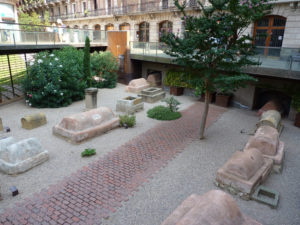


Outside of the city walls, you can visit the Via Sepulchral Romana (Roman Funeral Way) situated in the Plaça de la Vila de Madrid, a short walk from the Plaça Catalunya. The site can be seen and well appreciated from above, however for a closer look, visit between 11am & 2pm Tuesday & Thursday, or 11am & 7pm Saturday and Sunday, when the site’s museum is open. Entry is €2 if you don’t have a MUHBA combined ticket. Inside the museum are examples of Roman burials, and information on burial customs.
This is just an introduction to the extensive Roman remains of Barcelona. If you want to explore further, you can visit the Museu d’Arqueologia de Catalunya on Monjuïc, which houses fine Mosaics and sculptures of the period. Further out of town the Museu de Badalona contains the archaeological remains of another important Roman settlement.









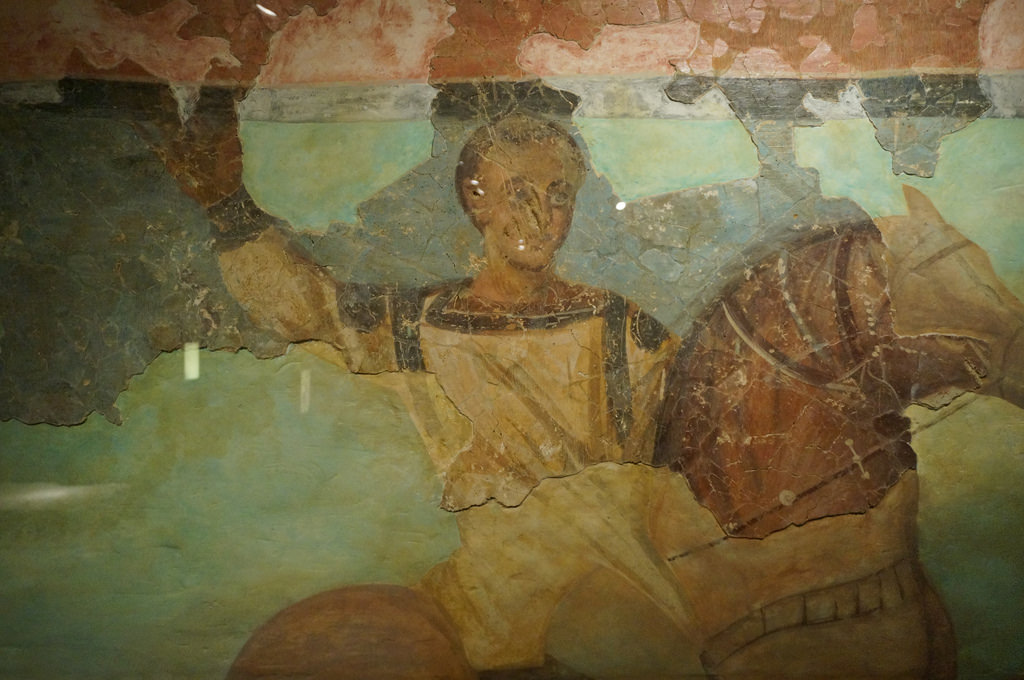
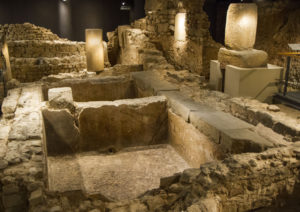
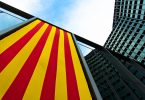

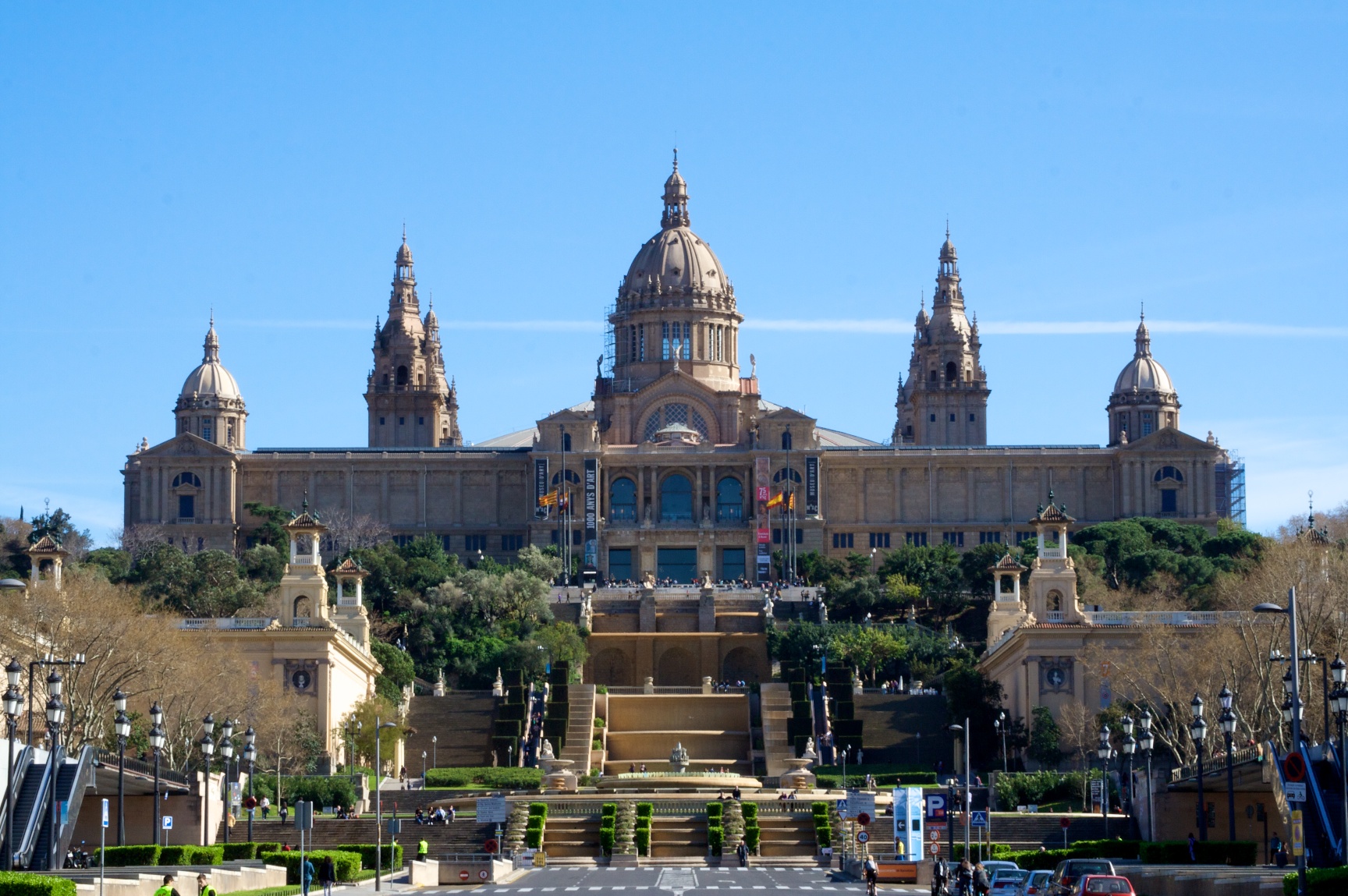
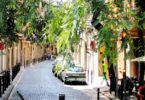
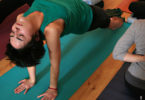

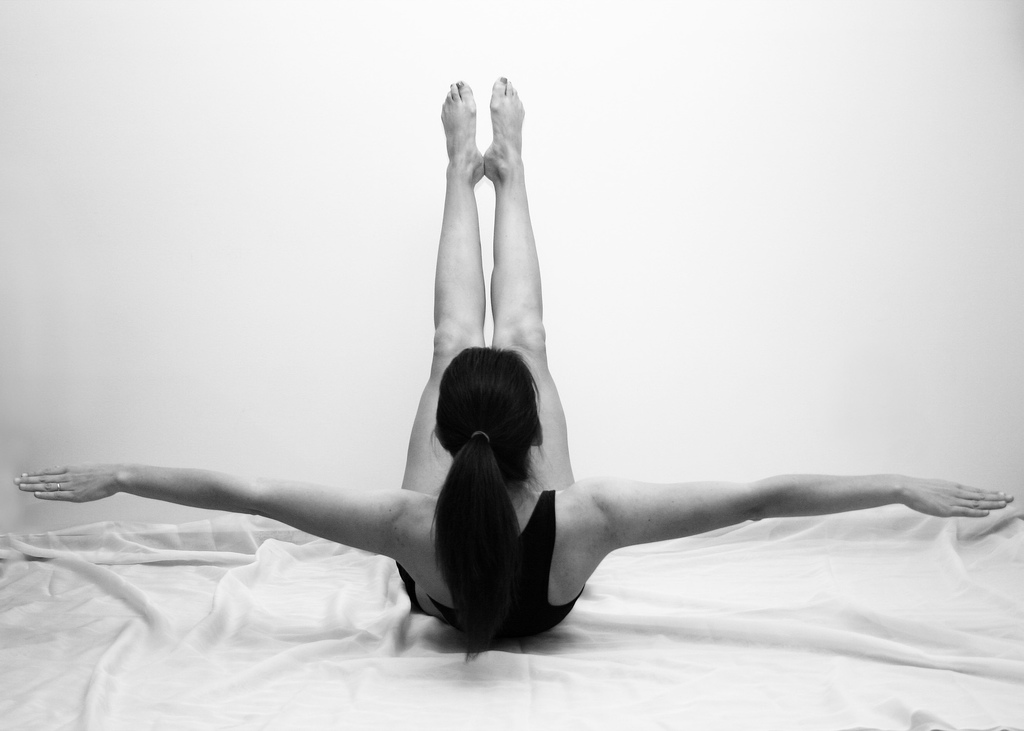


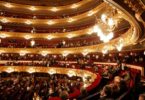

Leave a Comment